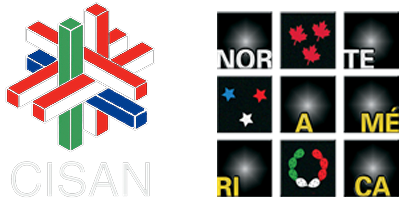Abstract
This article analyzes the Romantic quest for disappeared indigenous societies in travel texts by John Lloyd Stephens, particularly in Incidents of Travel in Central America, Chiapas and Yucatan (1841) and Incidents of Travel in Yucatan (1843). Stephens asserts the "Imperial" presence of the United States in his Humboldtian narrative, which outlines his project of recovery and appropriation of these ruins for his envisioned "Museum of the Americas." Through his self-representation as a Hero who uncovers the mysteries of the "New World," Stephens projects Orientalist "imaginative geographies" onto Mexico and Central America in order to contain these new spaces within the U.S. nationalist project of capitalist expansion and political and cultural hegemony.Authors who publish with this journal agree to the following terms:
Authors retain copyright and grant the journal right of first publication with the work simultaneously licensed under a Creative Commons Attribution License that allows others to share the work with an acknowledgement of the work's authorship and initial publication in this journal.
Authors are able to enter into separate, additional contractual arrangements for the non-exclusive distribution of the journal's published version of the work (e.g., post it to an institutional repository or publish it in a book), with an acknowledgement of its initial publication in this journal.
Authors are permitted and encouraged to post their work online (e.g., in institutional repositories or on their website) prior to and during the submission process, as it can lead to productive exchanges, as well as earlier and greater citation of published work.



